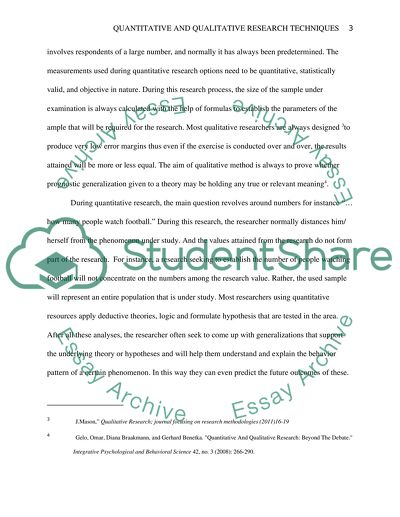Cite this document
(“Marketing Research Essay Example | Topics and Well Written Essays - 3000 words - 1”, n.d.)
Marketing Research Essay Example | Topics and Well Written Essays - 3000 words - 1. Retrieved from https://studentshare.org/marketing/1476447-marketing-research
Marketing Research Essay Example | Topics and Well Written Essays - 3000 words - 1. Retrieved from https://studentshare.org/marketing/1476447-marketing-research
(Marketing Research Essay Example | Topics and Well Written Essays - 3000 Words - 1)
Marketing Research Essay Example | Topics and Well Written Essays - 3000 Words - 1. https://studentshare.org/marketing/1476447-marketing-research.
Marketing Research Essay Example | Topics and Well Written Essays - 3000 Words - 1. https://studentshare.org/marketing/1476447-marketing-research.
“Marketing Research Essay Example | Topics and Well Written Essays - 3000 Words - 1”, n.d. https://studentshare.org/marketing/1476447-marketing-research.


